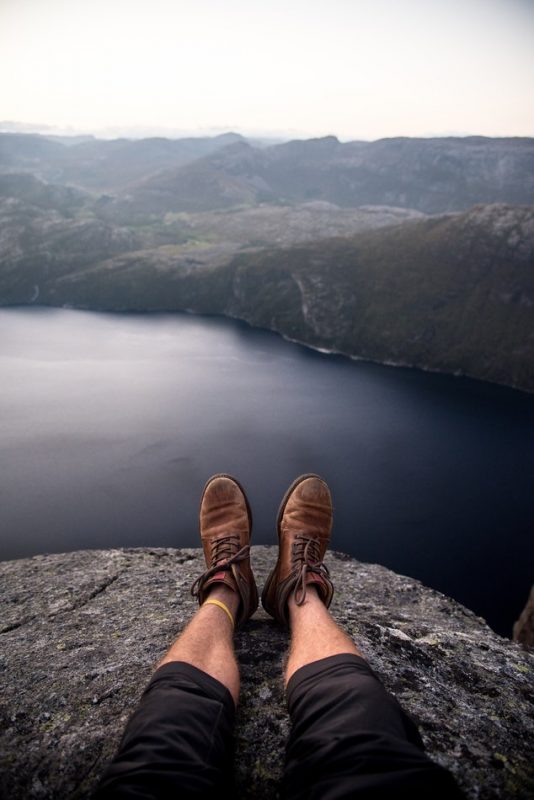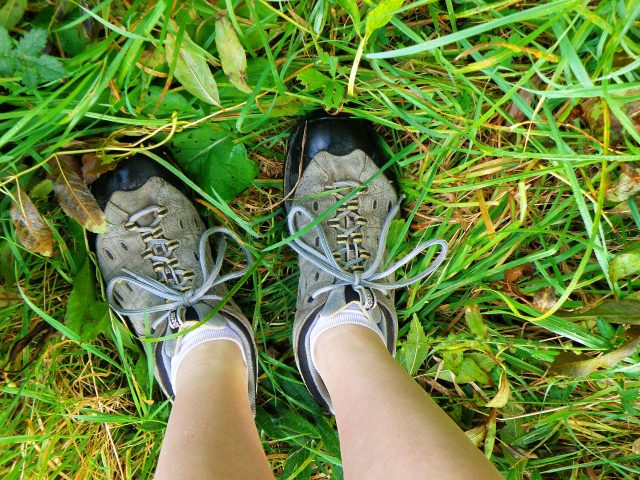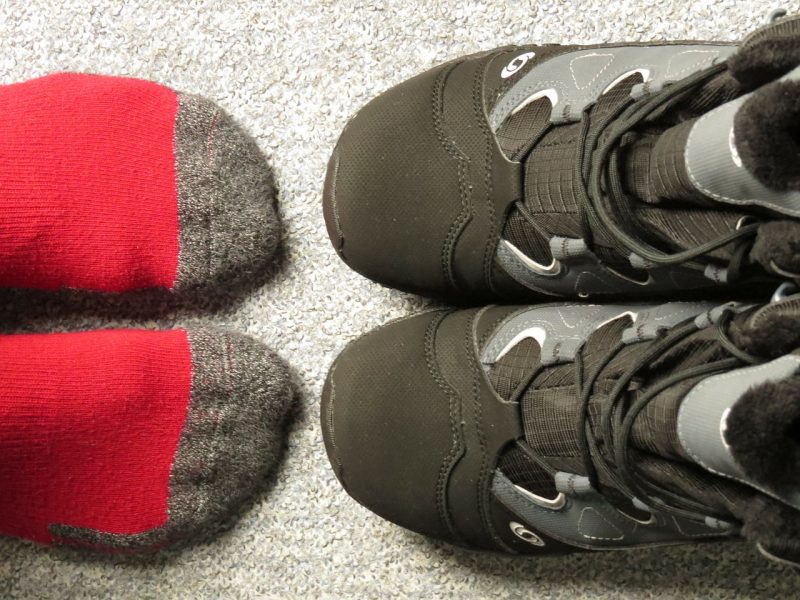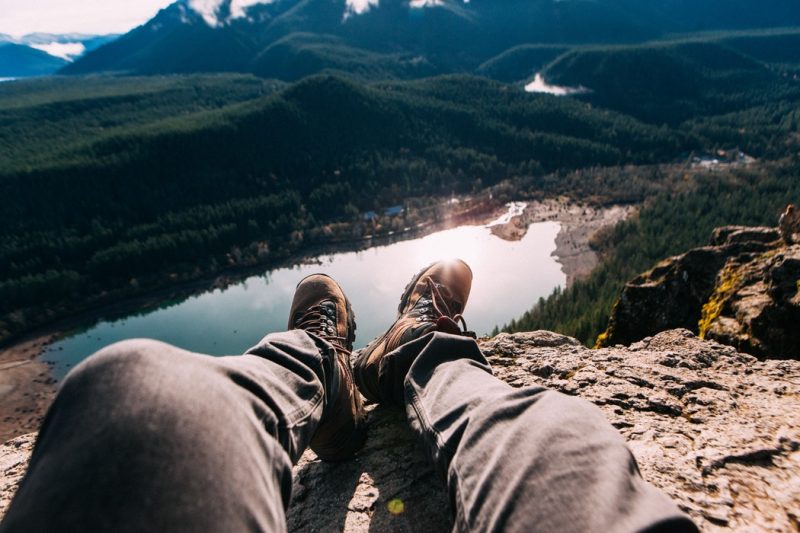How to choose the best hiking boots
Back when there was only a couple of styles to choose from and a handful of brands making high-quality hiking boots finding the best hiking boots was pretty easy. However, these days there are many more options, far more than you could possibly research. So, how do you make an informed purchase amidst such a wide selection? You don’t want to wind up with a clunky or uncomfortable pair of boots, and you also don’t want to spend your money on a low-quality pair that will soon fall apart. After all, hiking is hard on footwear. You need some tough boots that are ready to carry you for years to come.
Well, fortunately, finding the best hiking boots that suit your needs is actually a lot easier than you might think. As long as you understand how hiking boots are made and what each feature is designed to do, you’ll be able to pick out the ones that match your lifestyle. Today we won’t get into specific products and prices, but instead, cover the big picture. By the end, you’ll be an expert on everything that high-quality hiking boots can be.
The best hiking boots depend on how you hike

I’m not sure where you’re from, but I grew up in northwest Washington where the mountains are steep, and the trails go deep. Hiking out in that kind of environment isn’t some walk in the park. It’s a gruesome trek up and down mountain passes. Rock scrambles are common, trail quality varies immensely, and you can very easily get very far from help. All of those factors add up to needing some serious hiking boots to tackle the serious terrain. However, there are lots of parts of the US where hiking is very, very different. In the desert, you don’t have to deal with tall mountains. However, you may find yourself scrambling down steep rocky slopes, slipping through tight slot canyons, dipping in and out of the water, and dealing with some slick conditions. If you’re from the East Coast, you may be accustomed to long trails through the woods, or the rugged expanses of Appalachia.
There are a lot of features that may vary from boot to boot and which come down to personal preference. However, there are three big factors that the best hiking boots have no matter who you are. They need to fit perfectly, be incredibly comfortable, and last a long time through heavy use.
How much ankle support do you need?
Ankle support is pretty much the holy grail of hiking boots. It’s one of the biggest reasons why they exist, in fact. After all, there are lots of comfortable shoes with high-quality soles out there. If all you needed was a good footbed to support your arch, you could just wear Chacos.

However, anytime you’re carrying a heavy pack, especially for long distances, you need to protect your ankles. They may feel fine at first, but after a day or two of hard hiking with a heavy load, everything changes. Your tendons loosen up, and your muscles wear out. That means your ankles can twist and sprain much more easily. If you’re planning to be on the trail for more than a day, it’s best to go for as much ankle support as you can comfortably afford. Especially if you’re new to this, it could save your life. That’s right, your ankles may not seem life-threatening, but being three days down a remote trail with a lousy sprain could become a severe emergency. Especially considering accidents and injuries are more common in wet or miserable weather conditions. That’s the last thing you need when a storm is coming in. An injured ankle could leave you stranded far from help.
If you are just a day hiker, then you can probably skip the high ankle support. That way your shoes won’t weigh so much or be so bulky. There’s an old hiker’s adage that says “a pound on your feet is worth ten on your back.” Meaning that weight on your feet is far harder to carry than weight on your back. If you don’t believe it, just go hike through a river and see how you feel after your boots get wet. Heavy!
How durable do your hiking boots need to be?

This question comes down to lifestyle. What kind of hiker are you? Do you need the highest quality boots available? If you aren’t spending weeks in the woods carrying heavy packs, then that top shelf pair of hiking boots might be a big waste of money. Besides, the most expensive, durable hiking boots can feel pretty big and clunky to a day hiker.
Common parts of hiking boots to wear out first are the grommet holes, the tongue, and the area just above where the sole meets the shoe. This is often the part of your boot that bulges out the farthest. So, it’s most likely to rub against rocks and be put under stress. If any of these components start to wear, your new boots could be looking pretty sad pretty soon. Although it’s hard to tell in the store when they’re brand new, do your best to inspect them visually. Touch each part with your fingers too. Don’t be afraid to pull, bend, pinch, etc. Feel them out. After all, they are designed to stand up to hiking. If you still aren’t sure, then ask someone at the store to help you out. Go armed with questions about specific features. That way, you’re more likely to get the information you need.
So, the best hiking boots for you?
Well, we’ve covered a good bit. By now, it should be pretty clear that you’re going to have to make some choices about what you prefer and what you really need from your hiking boots. If you’re already an avid hiker and just looking to get another, better pair then you know what kind of hiking you’ll be getting into. If you’re in the market for your first pair so that you can start getting on the trails too, you may not be so sure. In that case, I recommend an entry level boot with mid-ankle support. Unless you have unusually weak joints or are concerned about extra protection. If so, then go for a high-topped boot. Your first pair doesn’t need to be the cream of the crop.

Remember, that the most important thing about a new pair of hiking boots is that they fit your feet perfectly. Comfort is king on the trail. What starts as a small irritation can turn into a massive blister that keeps you off your feet for days. At least, if you have poor fitting boots it can. Theoretically, the last step of buying your new hiking boots is taking a walk around the store, or down the block in the perfect pair. It’s really best to walk in them for fifteen or twenty minutes if you’re patient enough.
Once you find the right pair, remember that it’s not always love at first step. You and your boots will grow together over the years to come. You’ll share adventures, wild stories, harrowing defeats, and dangerous close calls together. If you’ve done your homework right, they’ll never fail you. Happy trails.
If you have any comments then please drop us a message on our Outdoor Revival Facebook page
If you have a good story to tell or blog let us know about it on our FB page, we’re also happy for article or review submissions, we’d love to hear from you.
We live in a beautiful world, get out there and enjoy it. Outdoor Revival – Reconnecting us all with the Outdoors.





